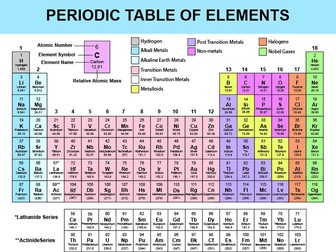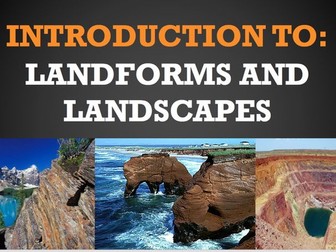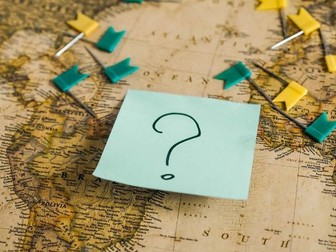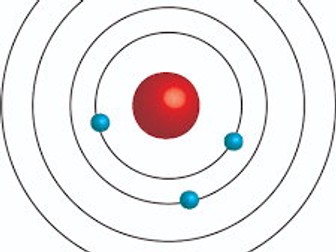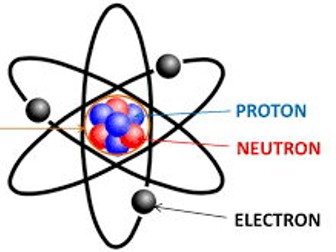The Periodic Table (Classroom Display and Student References)
<p>Print ready Periodic Table of Elements in various sizes:</p>
<p>A0, A3, A4, A5 and 90x120cm (Classroom Display)<br />
Files included are PDF</p>
<p>Please provide feedback for possible modification. I have based this Periodic Table based on the SACE curriculum in Australia.</p>
